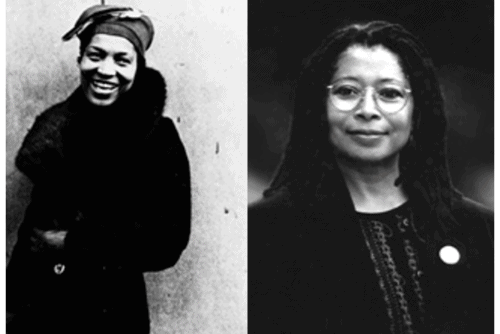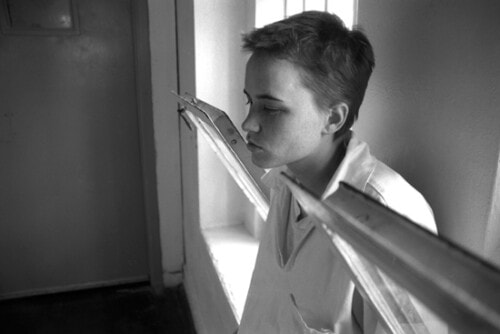
The following transcription is based on a lecture delivered by Carla Kaplan at the October 2003 Virginia C. Gildersleeve Conference, “Jumpin’ at the Sun: Reassessing the Life and Works of Zora Neale Hurston.” Herein, quotations from the work of Zora Neale Hurston are taken directly from Professor Kaplan’s remarks and not from the writings of Zora Neale Hurston. Much of this talk is based on Carla Kaplan’s recent Zora Neale Hurston: A Life in Letters. (Available for purchase on Amazon.Com.)
As a Hurston scholar, it’s particularly great to be here, thinking of her and her work and her life at Barnard. As a former New Yorker, it’s wonderful to be back in town in October.
Hurston’s life has always been fascinating to people. Her writing career, though, has often stymied her critics and her fans. It is at once gripping and also bewildering. It is common for literary reputations to rise and fall. But I don’t think there is any other American writer whose career has undergone the kind of sea change that Zora Neale Hurston’s has. She’s gone from being reviled in her day by many of her contemporaries who did not understand what she was doing—to having her privacy violated at every turn.
All of her published works are back in print. Almost all of her unpublished works are in process. I helped in that process by being one of the people to verify and uncover Every Tongue Got to Confess as the original manuscript of Mules and Men—the book she wanted—not the book they wanted.
So we are in that process too. We are publishing her drafts and her unpublished works. There are, to my knowledge, at least three new films coming out. The mention has already been made of Their Eyes Were Watching God.
I believe there are two PBS specials—one being done by a group out of Florida, and one being done I hope very soon, by Kirstie Anderson.
It’s an extraordinary outpouring of interest. Now, Hurston’s letters cannot, of course, explain this kind of phenomenal shift in public perception. But they can help us to put that shift in context.
And what I’m hoping to do today is just give you a little sense of what some of that context might look like.




